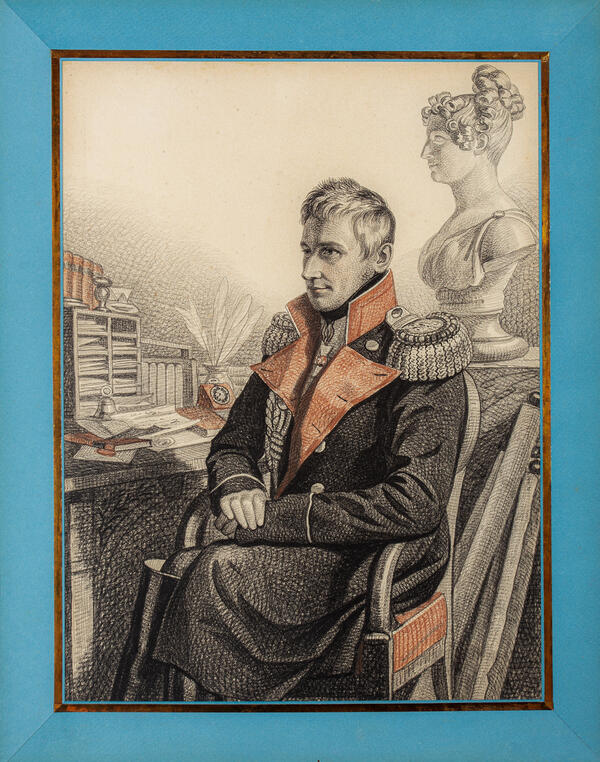The National Pushkin Museum houses a portrait of Count Mikhail Semyonovich Vorontsov, painted by the prominent portraitist Karl Hampeln.
Mikhail Vorontsov was the son of a Russian diplomat who worked in London. He received a brilliant education in England, where he spent his youth. When Vorontsov turned 21, his military service began — he was sent to the Caucasus. The young count participated in the Russo-Swedish War, the Napoleonic campaigns, and the Russo-Turkish War. In 1812, he was wounded in the Battle of Borodino. Before making his way to his estate for treatment, Mikhail Vorontsov invited 50 wounded officers and 300 soldiers to come with him. After recovering, he returned to the ranks. From 1815 to 1818, he commanded a corps stationed in France. When leaving the country, the count paid the debts of all the officers of the corps out of his own pocket — over one and a half million rubles. In 1823, Vorontsov was appointed Novorossiysk Governor-General and Viceroy of Bessarabia. The portrait by Hampeln, which depicts the important official, was created in that period. The portrait was in the Vorontsov Palace in Odessa.
After a three-year stay in Chisinau in the care of
Lieutenant General Ivan Inzov, Pushkin decided to escape to Odessa, where
“everything breathes Europe.” Odessa resembled St. Petersburg with its high
society and theater. It soon became clear that Pushkin’s relationship with
Vorontsov, his new chief, was strained, and he explained why,




